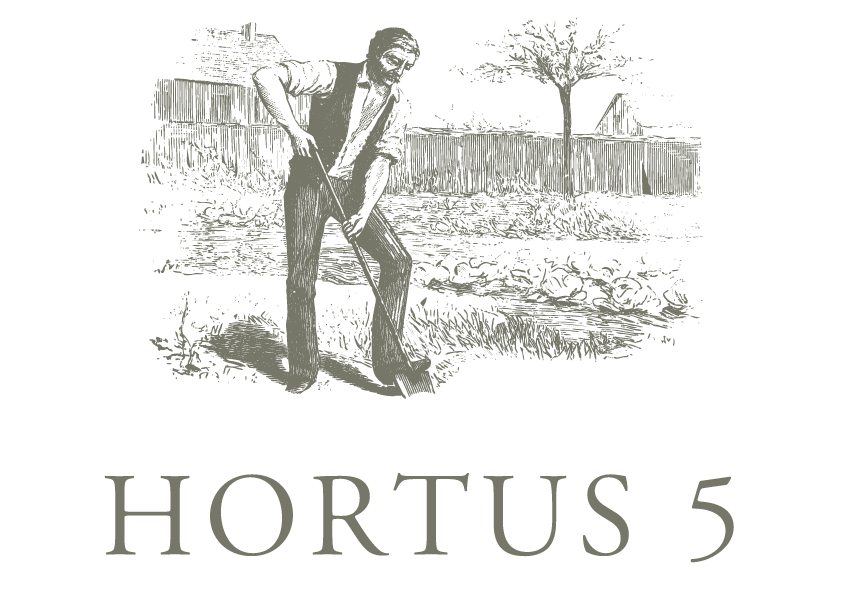 One of the very sure signals of winter’s departure is the emergence of Hellebore buds in my garden. Although some species can bloom as early as Christmas, mine are late winter bloomers, hence the common name Lenten Rose.
One of the very sure signals of winter’s departure is the emergence of Hellebore buds in my garden. Although some species can bloom as early as Christmas, mine are late winter bloomers, hence the common name Lenten Rose.
I grow Hellebores for their evergreen foliage, but the bonus is the very early blooms. They are relatively care-free and make great companion plants to my Hostas. Hellebores are typically sold as shade plants and that indeed is one of the benefits of this plant, but many Hellebores can receive a fair amount of sun all year long and do just fine.
When the weather cooperates, I jump outdoors and remove the old tattered foliage to reveal the emerging flower stalks beneath. This practice known as “deadleafing” shows off the flowers much better than leaving them to compete against the old battered foliage.


To begin, I inspect the plants to check how high the buds are. This is my cue for how close to let the pruners come to the plant’s interior. Note: On old leaves its normal to see browning and blackening of tissues as the individual leaves go through their natural life cycles. If you see this in otherwise active and healthy tissue, it could be a sign of a fatal disease known as “Black Death”.

Next, I snip away at the plant removing the old stems and leaves. This technique need not be precise. The new growth will eventually cover the snipped stems.

I collect the spent foliage and discard it away from the garden. This will reduce the spread of any harbored disease to other plants.

There, all nice and trim. Over the next week or so, the plant will fill out and hide the recent cuts. When blooms are spent, simply remove them and enjoy the lovely evergreen foliage all year long.
Although Hellebores will grow in a variety of soil conditions, adequate soil preparation is the key to long-term health and vigor. This is true for many ornamental perennials. Welcome Spring!















